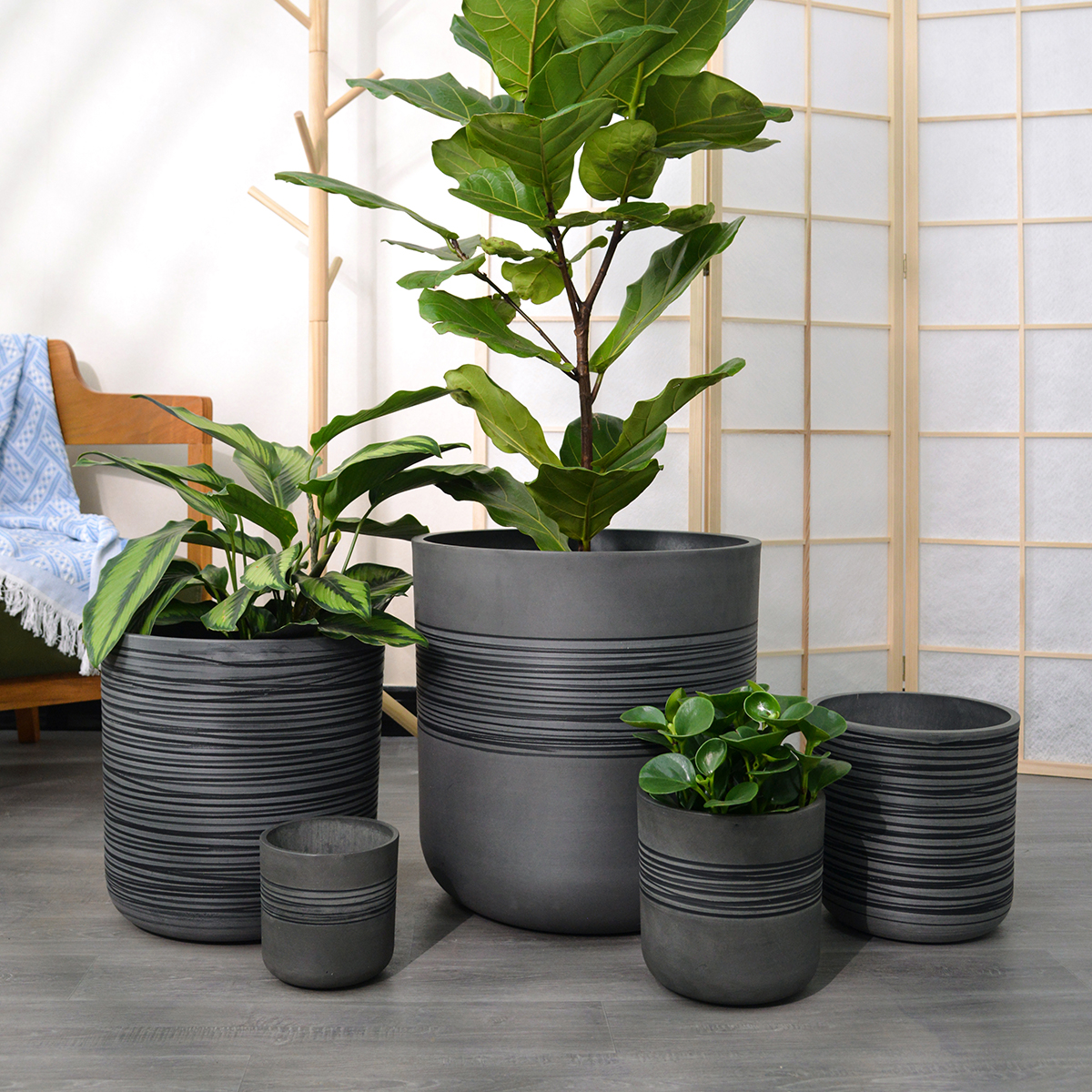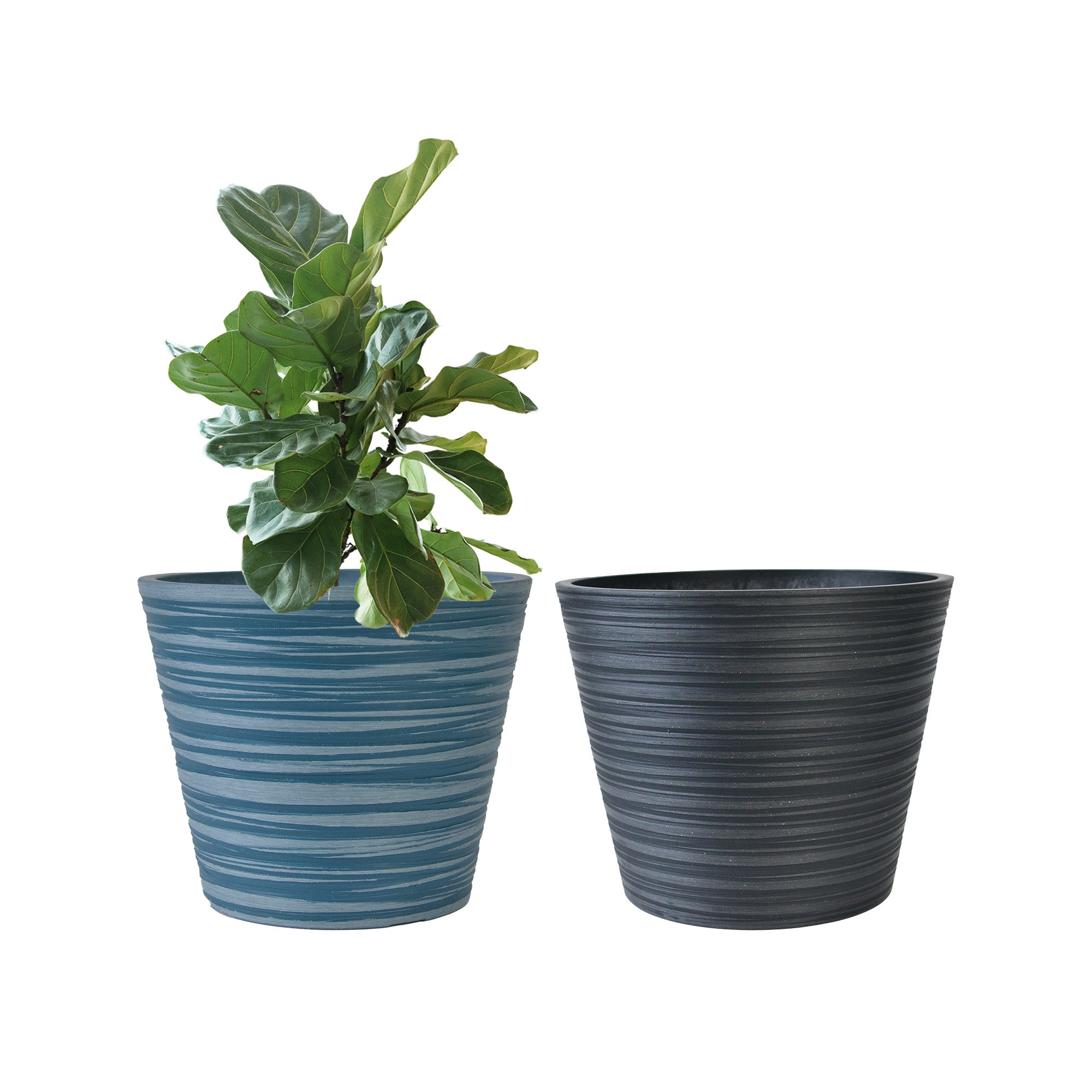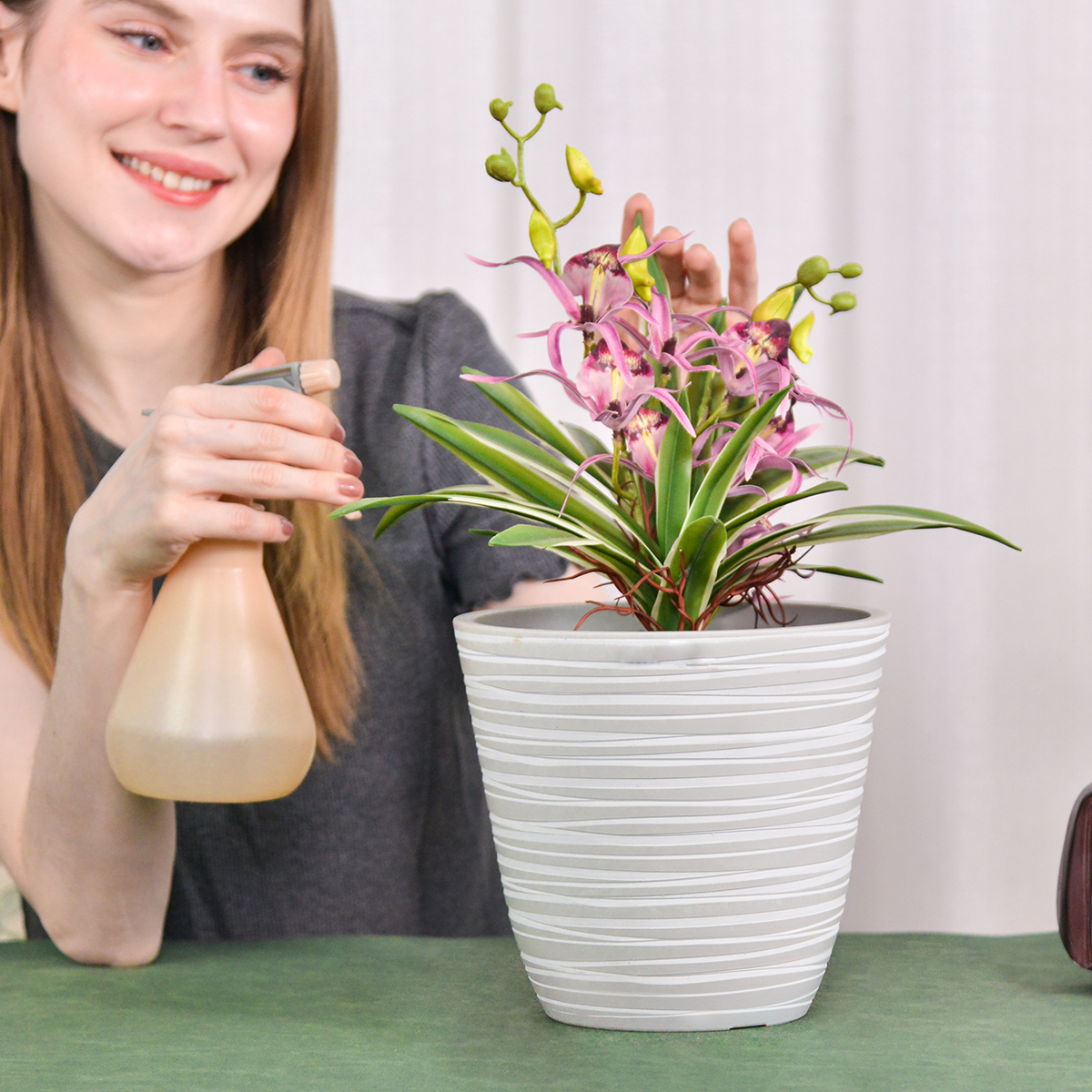Unlock Your Garden’s Potential: The Benefits of Epsom Salt for Plants
Epsom salt, a common household product, isn’t just for soothing sore muscles. Gardeners have long touted its benefits for a wide variety of plants. This simple compound, made of magnesium sulfate, can provide essential nutrients that contribute to healthier, more vibrant growth. Let’s explore how Epsom salt can help your garden flourish.

What is Epsom Salt and Why is it Good for Plants?
Epsom salt is a naturally occurring mineral compound with the chemical formula MgSO₄·7H₂O. This means it’s rich in two vital elements for plant health:
- Magnesium (Mg): Magnesium is a central component of chlorophyll, the pigment that enables plants to photosynthesize and produce their own food. Adequate magnesium levels lead to lush, green foliage and vigorous growth. It also plays a role in enzyme activation and the uptake of other essential nutrients like nitrogen and phosphorus.
- Sulfur (S): Sulfur is essential for the production of proteins, enzymes, and vitamins in plants. It also contributes to chlorophyll formation and can help improve the uptake of nitrogen and phosphorus. Additionally, sulfur can play a role in enhancing the flavor of certain fruits and vegetables.
Key Benefits of Using Epsom Salt in Your Garden:
- Boosts Nutrient Absorption: Magnesium helps plants absorb essential nutrients like nitrogen, phosphorus, and potassium more efficiently, leading to stronger and healthier growth.
- Enhances Chlorophyll Production: The magnesium in Epsom salt is crucial for the creation of chlorophyll, resulting in richer green leaves and improved photosynthesis.
- Strengthens Cell Walls: Sulfur contributes to the formation of strong cell walls, making plants more resilient to stress, diseases, and harsh weather conditions.
- Promotes Bushier Growth: For some plants, Epsom salt can encourage the development of more side shoots and a bushier overall structure.
- Improves Flowering and Fruiting: By providing essential nutrients, Epsom salt can help plants produce more abundant and vibrant blooms, as well as larger and more flavorful fruits and vegetables.
- May Help Deter Pests: Some gardeners have reported that Epsom salt can act as a mild deterrent against certain pests, although this is not its primary function.
- Can Correct Magnesium and Sulfur Deficiencies: If your plants are showing signs of yellowing leaves with green veins (interveinal chlorosis), it could indicate a magnesium deficiency, which Epsom salt can help address.
How to Use Epsom Salt for Your Plants:
Epsom salt can be applied in several ways:
1. Soil Application (Drench):
- General Use: Mix 1 tablespoon of Epsom salt per gallon of water. Apply this solution directly to the soil around the base of the plant every 2-4 weeks during the growing season.
- For New Transplants: When planting seedlings or transplanting, sprinkle 1-2 tablespoons of Epsom salt into the planting hole before placing the plant. Water thoroughly.
- For Established Plants: For larger plants or shrubs, you can use 1/2 to 1 cup of Epsom salt sprinkled around the base of the plant. Water it in well. Repeat every few months.
2. Foliar Spray:
- Mix: Dissolve 1-2 tablespoons of Epsom salt in a gallon of water.
- Application: Use a spray bottle to thoroughly mist the leaves of your plants, ensuring you cover both the tops and undersides. Apply early in the morning or late in the evening to avoid leaf burn in direct sunlight. Repeat every 2-4 weeks.
- Benefits: Foliar feeding allows for quicker absorption of magnesium and sulfur directly through the leaves, providing a fast boost to the plant.

Specific Plant Recommendations (Common in the US):
- Tomatoes and Peppers: Many gardeners find that Epsom salt helps prevent blossom-end rot (often caused by calcium deficiency, but magnesium plays a role in calcium uptake) and leads to more abundant fruit production. Apply as a soil drench or foliar spray every 2-3 weeks after the first fruit set.
- Roses: Epsom salt is popular for promoting vigorous growth, more blooms, and deeper green foliage in roses. Apply as a soil drench at the beginning of the growing season and again after each flush of blooms.
- Houseplants: Many houseplants can benefit from the occasional application of Epsom salt, especially those with lush foliage. Use a diluted solution (1 teaspoon per gallon of water) as a soil drench every 4-6 weeks.
- Lawns: Applying Epsom salt to your lawn can help green it up and improve overall health. Use about 3 pounds per 1,250 square feet, dissolved in water and applied with a spreader or sprayer.
- Fruit Trees and Shrubs: Apply Epsom salt around the base of fruit trees and shrubs in early spring and again after flowering to encourage healthy growth and fruit development. Use about 1/2 to 1 cup depending on the size of the plant.
Important Considerations and Cautions:
- Soil Testing is Key: The best way to determine if your plants actually need magnesium or sulfur is to conduct a soil test. Adding Epsom salt to soil that already has sufficient levels of these nutrients can lead to imbalances and potentially harm your plants.
- Don’t Overdo It: Excessive use of Epsom salt can lead to nutrient imbalances and may even burn plant roots or leaves. Always follow recommended dosages.
- Not a Substitute for Balanced Fertilizer: Epsom salt provides magnesium and sulfur but lacks other essential macronutrients like nitrogen, phosphorus, and potassium. It should be used as a supplement to a balanced fertilizer program.
- Observe Your Plants: Pay attention to how your plants respond after applying Epsom salt. If you don’t see any improvement or notice negative effects, discontinue use.
Conclusion:
Epsom salt can be a valuable tool in your gardening arsenal, providing essential magnesium and sulfur for healthier, more productive plants. By understanding its benefits and using it judiciously, you can unlock your garden’s full potential and enjoy more vibrant blooms, greener foliage, and more abundant harvests. Remember to consider your specific plants’ needs and your soil conditions for the best results.
k2-21G
By greenship|2024-08-13T06:17:26+00:00August 13, 2024|Categories: Hand-carving Series|
11TH
By greenship|2024-08-13T02:50:25+00:00August 13, 2024|Categories: Hand-carving Series|
Planter 6 in W / 8 in W / 12 in W Indoor or Outdoor Plants, Modern Decorative Plant Pots with Drainage Hole, Decorative Flower Pots
By greenship-seo|2025-02-06T13:43:53+00:00January 16, 2025|Categories: Hand-carving Series|Tags: Decorative Flower Pots|
GreenShip 27inch Tall Planters for Porch, Large Outdoor Planter Pots with Drainage Hole
By greenship-seo|2025-04-10T06:27:21+00:00April 7, 2025|Categories: Hand-carving Series|Tags: Decorative Flower Pots|
Planter 5 in W / 8 in W / 12 in W or Indoor Outdoor Plants, Modern Decorative Plant Pots with Drainage Hole, Decorative Flower Pots
By greenship-seo|2025-04-10T06:37:58+00:00January 16, 2025|Categories: Hand-carving Series|Tags: Decorative Flower Pots|
11V
By greenship|2024-08-13T03:05:48+00:00August 13, 2024|Categories: Hand-carving Series|






